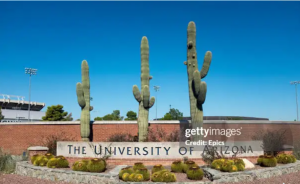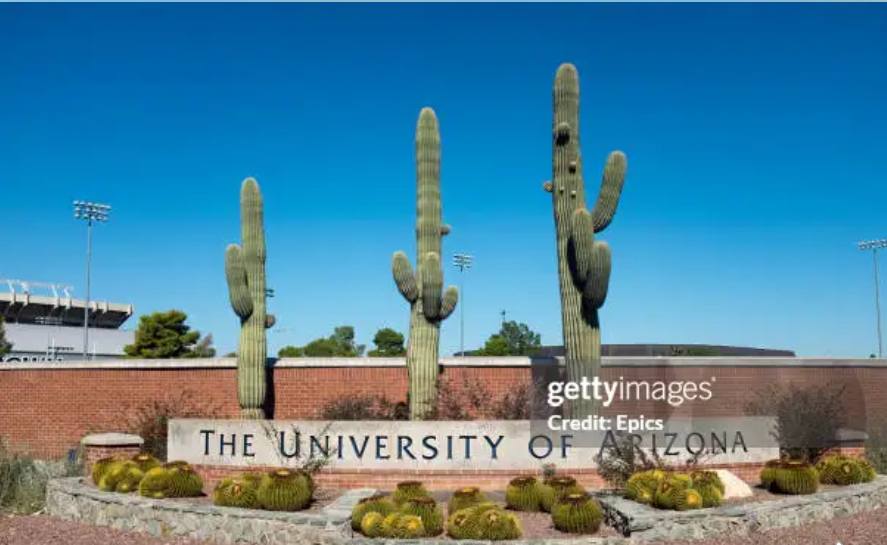Trump offered a deal to nine top universities, requesting their feedback by October 20th. Trump’s plan, called “Compact for Academic Excellence in Higher Education,” would have tied federal funding to an agreement with political priorities that included admissions and hiring reforms, tuition freezes, and caps on international student enrollment. The university rejected the “Compact for Academic Excellence in Higher Education”, submitting its own “Statement of Principles” instead.
The rejection of Trump’s plan was strongly supported by the university and state officials. The Arizona Board of Regents supported President Garimella’s decision, concluding the importance of academic freedom and independence. Trump’s plan was for the universities to gain better access to federal money and grants, but in return, they would have to follow new policies and rules that go along with the administration’s political platform. Some of these rules are eliminating race/sex in admissions, omitting foreign enrollments, and reorganizing academic departments. Seven of the nine universities strongly said no to the offer by the October 20th deadline. The University of Arizona’s rejection was part of a trend among major institutions, including MIT and the University of Virginia, which also refused to sign the administration’s proposal. This action demonstrated a unified stance against federal overreach and politically motivated funding restrictions.
University leaders argued that if they allowed political demands to control who gets research money, the entire system would suffer. They believe that funding for science and medical advances should only be given to the people with the best ideas based on merit, regardless of their politics. Giving the government that much control, they felt, would be like letting one person tell all the scientists, professors, and students what to think and what to study, which would make the entire education system weaker. Their strong, united refusal showed that they would not trade their independence for special treatment or extra cash.
They worried that if the government could control the money, the government could eventually control all the classes, and that would also hurt the quality of their research. Because all these famous schools like MIT and Brown stood up and said no, it was a big stand they took together. It showed how much they value being independent and making their own choices about education. In the end, by saying no to the deal, these universities ensured that the most important prize of all, the freedom to discover, would be safe for future students and scientists.

















